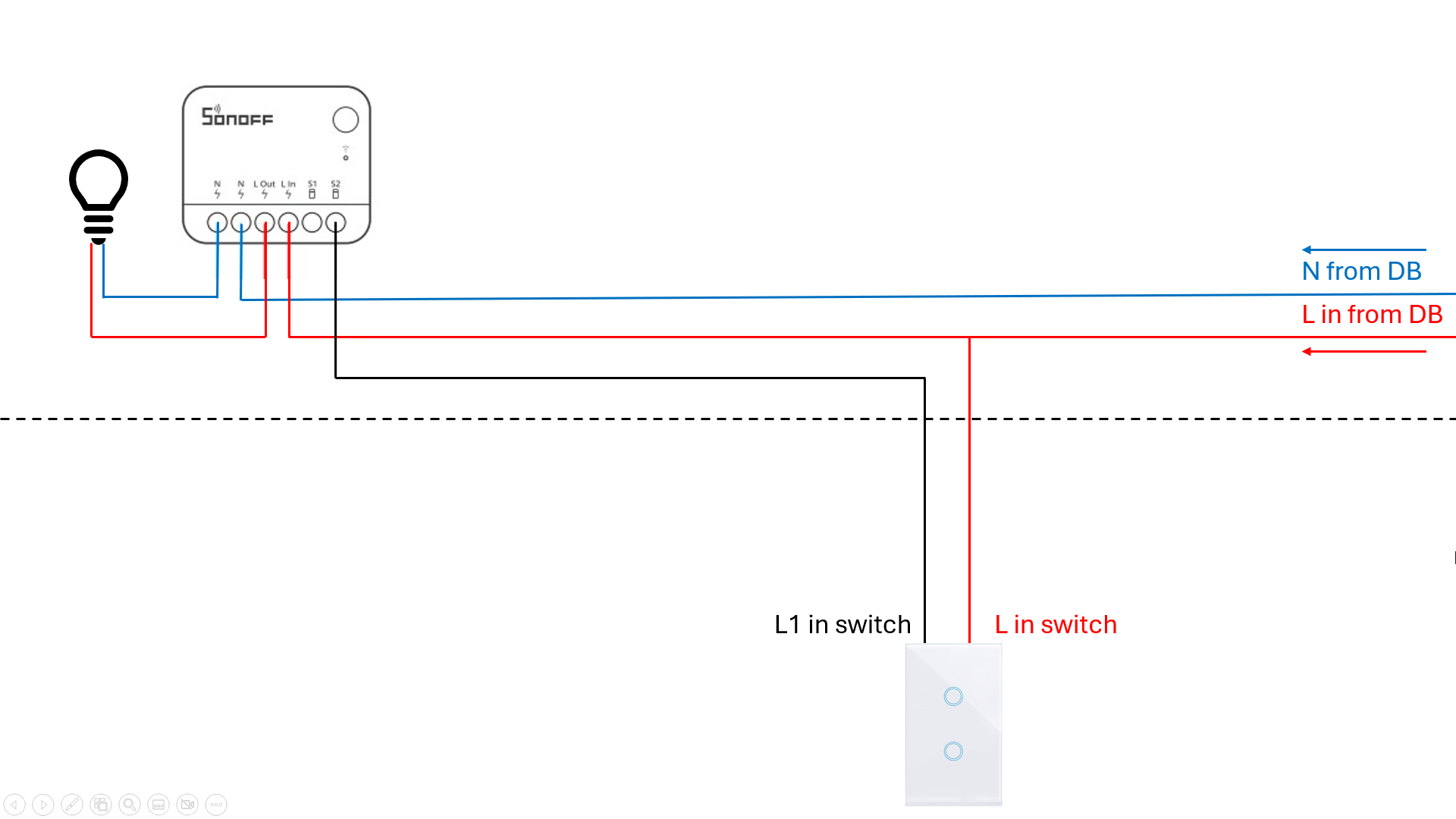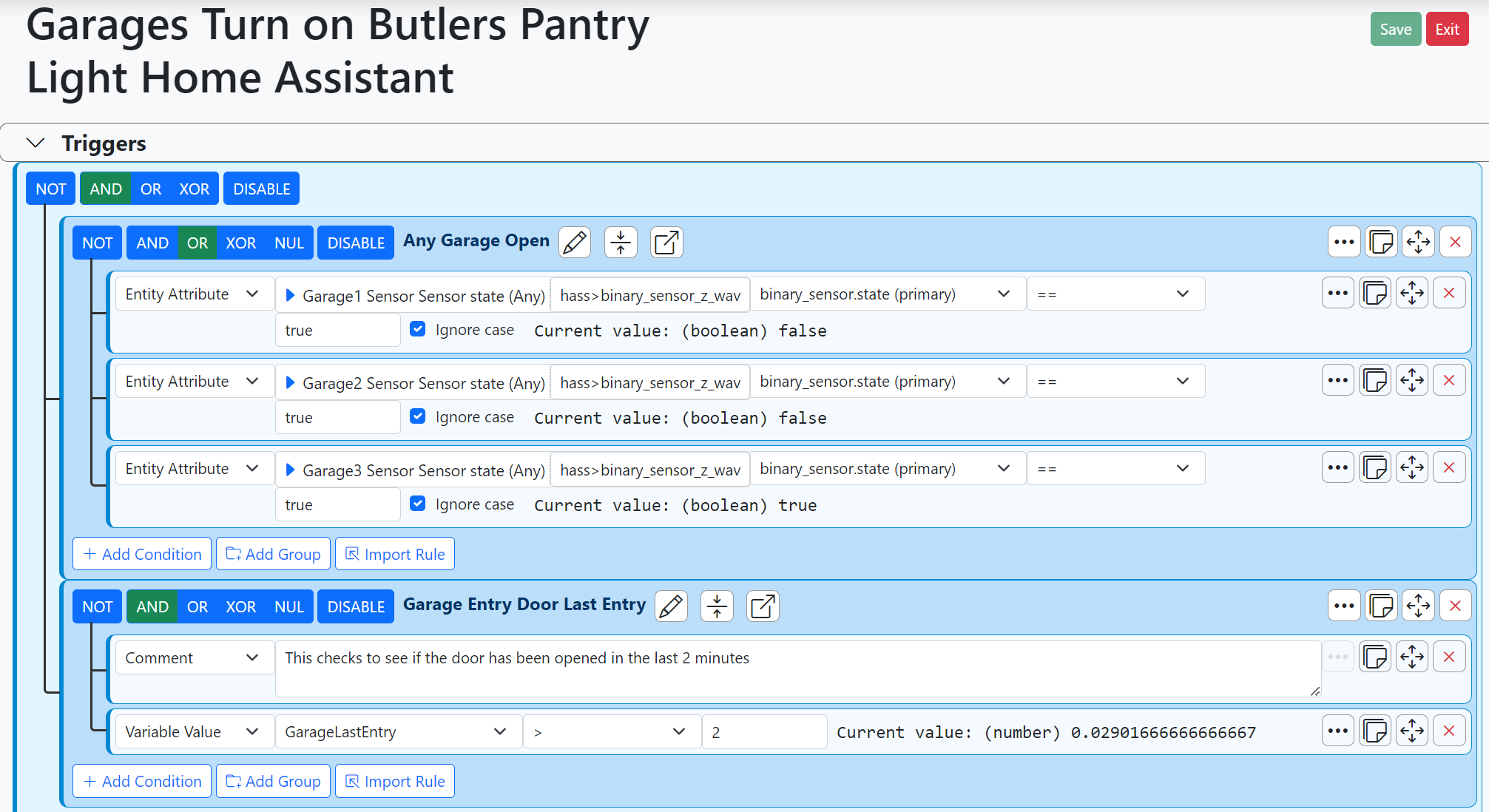RFC: When disaster strikes (sorry it's a bit verbose)
-
Hi everyone. Thanks for all your input recently on the topic of local notifications. I think we got some really interesting solutions

Back to more prosaic matters. Most of you will know that I've been messing around with this stuff for some years. My last major change was when I migrated from Vera, which was something like 4-5 years ago.
While my system has grown, it's not really altered very regularly, although I try to keep most of it kind of up to date.
Current set up:
Intel NUC that runs:
Bare metal install of Debian
Z-way server with Z-wave.me USB stick
Openluup
Altui
Multi system reactor
HA Bridge
MosquitoRaspberry Pi
Running Home AssistantAbout 40 varied Z-wave and Wifi devices
I also have a Synology DS224+ which may inform some responses.
Home Assistant recovery is pretty simple. I get a full backup of the system every night dumped onto my SAN and I know from experience that it would simply be a case of booting up a new install and feeding it the backup.
The NUC on the other hand....
Coming from a commercial IT world, I am becoming more and more conscious that I don't really feel I have a suitable disaster recovery plan, and my core system is running on hardware heading for 10 years old.My initial thought, which I've kept putting off as it's awkward would be to grab a nice SSD, reboot the NUC into Mint or something similar and simply do a dd copy onto a new drive. I can get a replacement NUC on ebay simply enough, and keep it in a cupboard if anything other than the hard drive fails on the existing one, but this feels rather like a stop gap. However one immediate question:
If I had to use the replacement NUC would all the Z-wave devices simply carry on talking to the stick, or would they all need to be re-paired?
How easy would it be to move everything the NUC does (as a start) onto the NAS? Create a VM and clone the disc onto it?
Should I move to Docker? Something else?
What are the hive mind's thoughts?
Apologies if we've done this before, but while it all just works...
Cheers!
C
-
I put what I could on containers on my NAS, and use Hubitat for Zwave. For the latter you can buy a full backup/restore subscription. The containers I could spin up on a PI (4 or better with at least 4GB memory and SSD) rather quickly if needed. I did not use containers prior, but the simplicity and quickness to get those running with existing data has made using them over bare metal a no-brainer.
As my NAS is fairly new and the data should not go lost in case it does go belly up. I am not too concerned about the data. Just the ability to run the containers using the same IP addresses.
But your right. Having it go down for even a day or two (ordering a new NAS and restoring everything) would have a serious impact on the WAF for months after. So you now got me thinking too....
Cheers Rene
-
Sort of 'Ohh, if you want to go there, I wouldn't start from here, if I were you'

Thinking on I've ordered some more RAM for my Synology. Might start migrating some of the easier stuff onto a virtual machine, as Mosquitto, HA Bridge and so on should be easy.
C
-
Ask me how I know

I'm on my 4th major breakdown in 12 years of home automation. Coming from this and from an enterprise job, I know how to over-engineer

I got more RAM from my Syno, and I'm completely on docker. Even my own small script are now docker-ized.I have a NUC that's running Reactor, Home Assistant, ZwaveJS, a couple of other obscure things, and the storage of those container is backupped every hour, day, week and month. I have the same containers on my Syno and it's just a matter of adding the NUC's IP address, update them and start them. It usually takes no more than 15 minutes. I have switched to Ubiquiti for my network and I have backup devices for that as well.
I have two new villas on the beach (3 hours drive one-way) and I'm now exploring the options. One will be a rental, one for us. I'm tempted to replicate something similar to our main house, but I want to be extra sure that everything is working without my intervention. I don't know, but I feel your pain.
-
Ask me how I know

I'm on my 4th major breakdown in 12 years of home automation. Coming from this and from an enterprise job, I know how to over-engineer

I got more RAM from my Syno, and I'm completely on docker. Even my own small script are now docker-ized.I have a NUC that's running Reactor, Home Assistant, ZwaveJS, a couple of other obscure things, and the storage of those container is backupped every hour, day, week and month. I have the same containers on my Syno and it's just a matter of adding the NUC's IP address, update them and start them. It usually takes no more than 15 minutes. I have switched to Ubiquiti for my network and I have backup devices for that as well.
I have two new villas on the beach (3 hours drive one-way) and I'm now exploring the options. One will be a rental, one for us. I'm tempted to replicate something similar to our main house, but I want to be extra sure that everything is working without my intervention. I don't know, but I feel your pain.
Well, I just ordered 16G of RAM

@therealdb said in RFC: When disaster strikes (sorry it's a bit verbose):
I have a NUC that's running Reactor, Home Assistant, ZwaveJS, a couple of other obscure things, and the storage of those container is backupped every hour, day, week and month.
OK, this is confusing to me. You've got a NUC? But that's running Docker so everything is containerised on the NUC, not the Synology?
C
-
Well, I just ordered 16G of RAM

@therealdb said in RFC: When disaster strikes (sorry it's a bit verbose):
I have a NUC that's running Reactor, Home Assistant, ZwaveJS, a couple of other obscure things, and the storage of those container is backupped every hour, day, week and month.
OK, this is confusing to me. You've got a NUC? But that's running Docker so everything is containerised on the NUC, not the Synology?
C
@CatmanV2 yep. My syno is the backup plan. The only prod containers on the syno are mosquitto and influxdb. This way, in case of failure, the mqtt server is still running and retained messages are picked up from the queue. With this configuration, I avoid the slower cpu of the syno. The nuc one is definitely faster.
-
OK got it. I'd still have to migrate from the NUC to some kind of container. A VM might be favourite.
Still have two questions:
- Are all my Z-wave devices paired to the stick i.e. if I move the stick to another devices, will the devices follow?
- Can I use the stick on my Synology?
Any thoughts?
Cheers
C
-
Using the USB ports on a Synology looks to be a pain for anything else than storage. There are hacks around, but nothing officially supported I could find. So that is why I opted for Hubitat as that seems to be pretty stable for my needs (nothing cutting edge on that front). O and I did add more memory in my NAS too, not original Synology as that is insainly expensive.
-
Hmm, I've just tried a 16G stick that was meant to work from Amazon, Crucial. Won't boot.
Also an 8G Transcend stick. Also won't boot.I'm not missing anything stupid, am I? Power down, remove the drives, clip in the module, re-insert discs and power up?
Just sits there for > 60 seconds with the blue LED blinking.
C
-
OK here's a useful resource:
With a linked sheet of all results that people have entered.
Despite the thread I originally found, no one has got that particular RAM to work on the sheet. There's another Crucial item:
CCT16G4SFD824AWhich has 10 reports of working in the 224+
Return initiated, new RAM arriving tomorrow. £10 more expensive so £35.
<edit> New RAM in and booted fine. Takes a little longer to come up (I assume it takes a bit longer to check 18G of RAM than 2G
 I think I'll start another thread about how I'm going to do this.
I think I'll start another thread about how I'm going to do this.C



